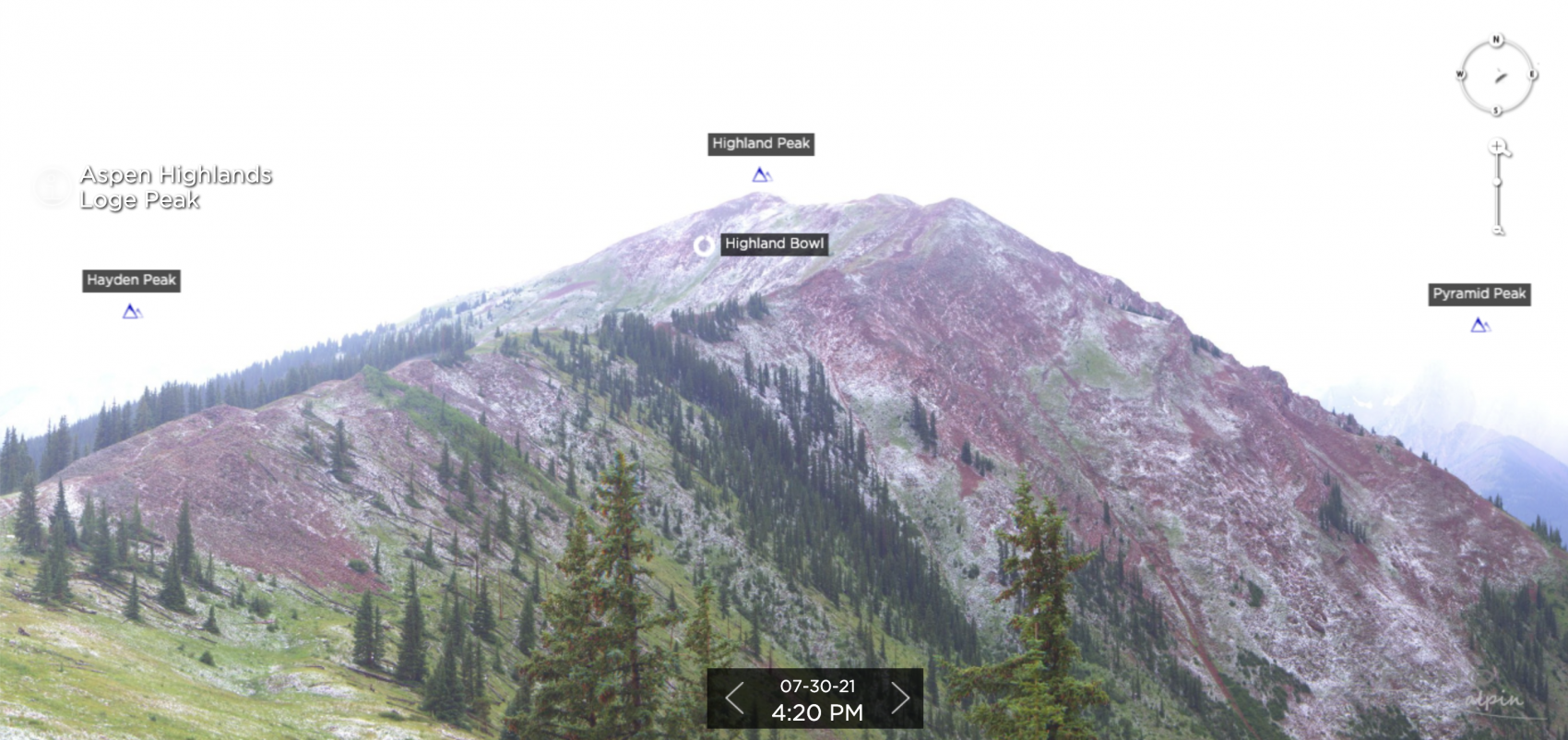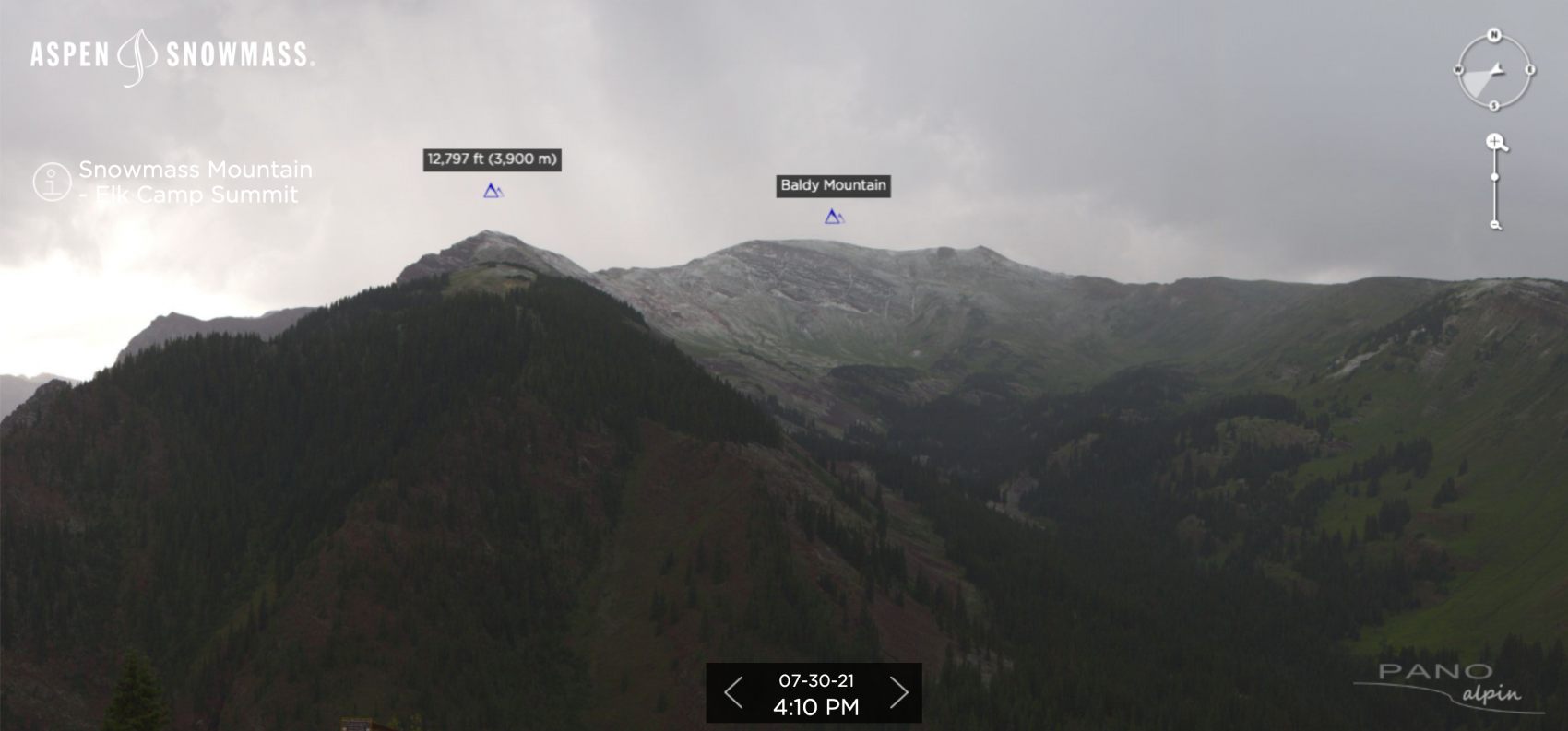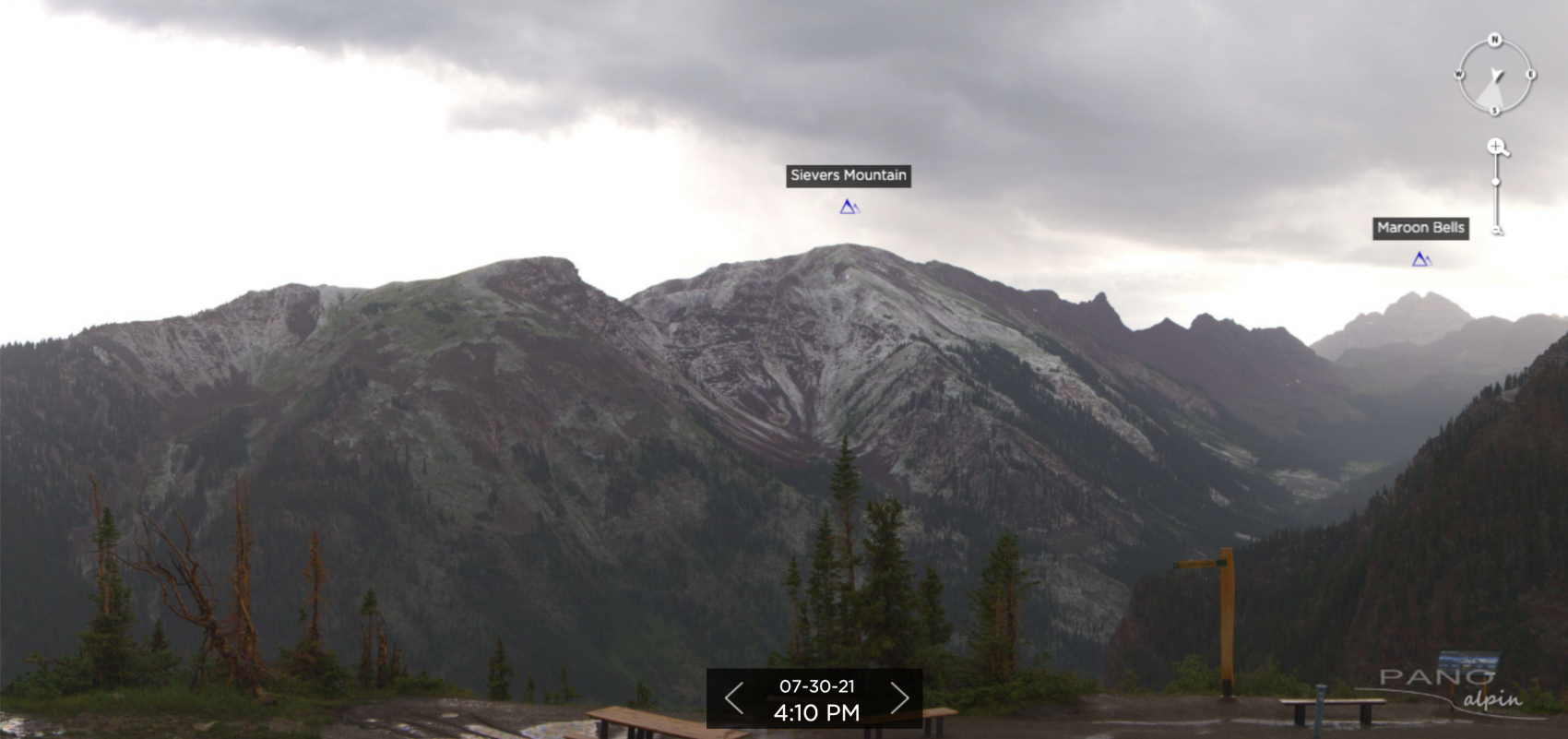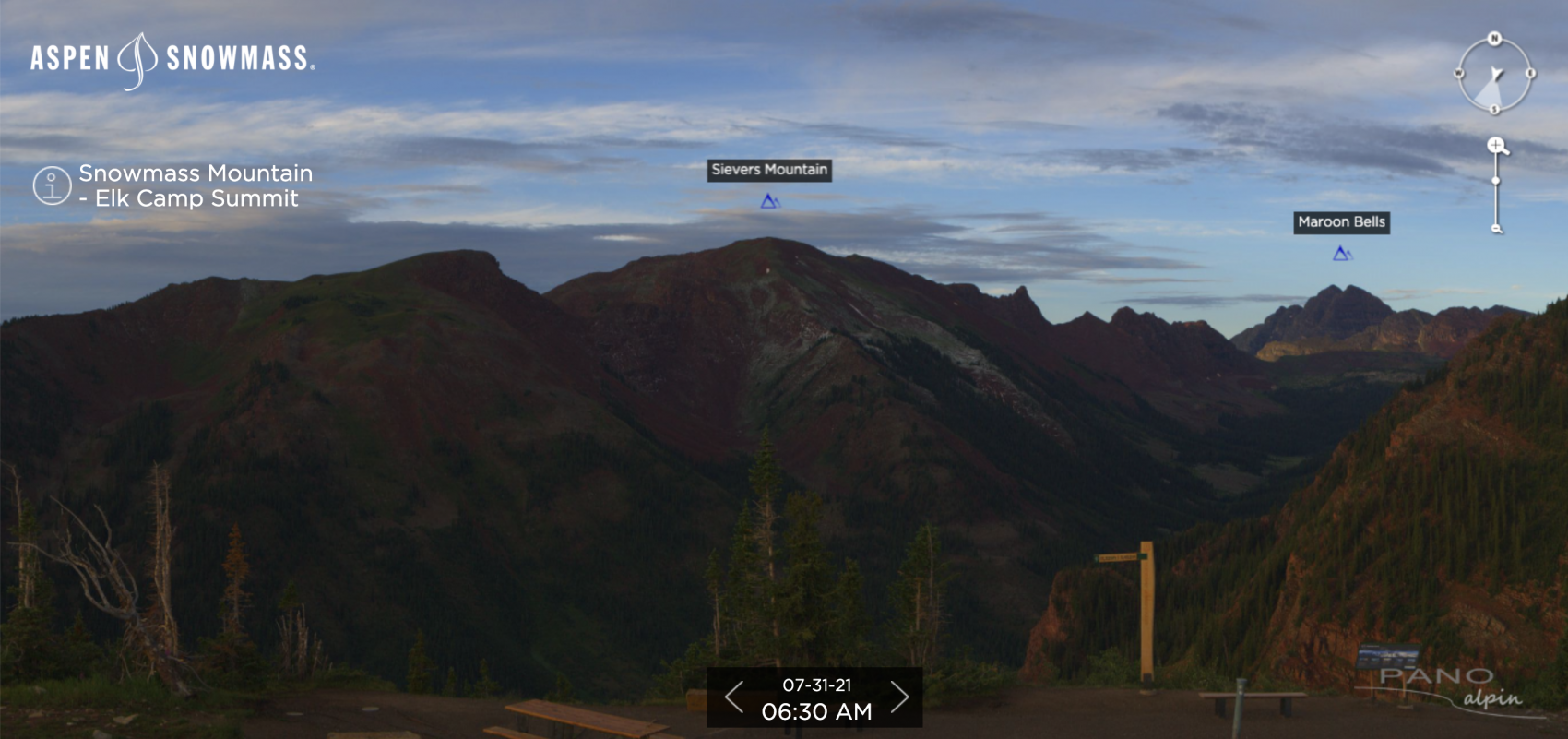
On Friday, July 30, the first snowfall of the season dusted the upper elevations of Aspen Snowmass ski resorts. It was the first snowfall for the area since mid-May.

Flakes began to fall at about 3:30pm as a powerful convective cell moved through the area. Within an hour, the cell had moved through and cleared, leaving stunning views of the fresh July snowfall. The snow-line appeared to extend all the way down to approximately 11,400 feet.

The snowfall was quite localized due to the short, convective nature of the storm, so only select areas recieved varying amounts of snowfall. According to the Independence Pass weather station at 12,080 feet, approximately a half inch of snow fell. This amount may be greater or less in other areas.
As of the afternoon of July 31, all of the fresh snow has melted away. Only a few more weeks until fall snowstorms begin to drop bigger and bigger totals on the Intermountain West!

Sorry clay but it snows and hails quite often up near 1400ft.
Really?
First snow of the season?
Or the last snow of this past season, depending on how you look at it 🙂
How about just calling it what it is? Summer snowfall. I mean do you usually see snow in the summer, is this normal? In that case is this the first snow of the summer season or just a silly headline for clicks?
Idk, I think that’s hail. It looks a little too “localized,” and especially considering it went down so low. It ain’t snowing that low, that localized in July 30th.
It has been confirmed as snow by the Aspen Ski Company. If you’d like to see for yourself, you can view the Aspen Highlands webcam (https://aspen.roundshot.com/highlands/?_ga=2.148458423.1209168998.1627680592-4215695.1598891291). On July 30 at about 4:20pm, you can see that it is freshly fallen snow and not hail on the hillsides a few feet away from the camera to the north and east.
Definitely unexpected to receive snow at this time of year, but the telemetry from stations in the area confirms that it was cold enough for snow to fall, with surface temperatures getting down to 35-40 degrees fahrenheit above the snow-line.
Idk man at CB we see a “dusting” all the time this time of year on the peak. It’s never snow, ever. It’s hail. It’s cold enough for snow, but this isn’t snow. It seems unique because this is where the webcam aims and where the most sophisticated weather stations are. It snowed at Snowmass but no where else in the entire Elks? When it’s early snow, it’s a high elevation blanket across multiple peaks, not one or two. I’m not saying anyone is wrong or lying, just seems weird.
Hey there. Most of the upper elevations in the Elks received visible or measurable snowfall on July 30. We have confirmed measured snow at Independence Pass, and on the Snowmass Sam’s Knob webcam, there is visible snow on Mt. Daly at the western edge of the Elk Crest.
By localized, I meant where the storm dropped the most fresh precipitation. Convective storms tend to concentrate in rather small areas, since while the upper levels may be consistently colder than average across a large area, near surface temperatures may unevenly heat smaller air parcels and create positive buoyancy. Once a small air parcel gets a nudge, it can freely ascend (until the moist adiabatic lapse rate cools the parcel below its surrounding environment), and once it hits the LCL, the dewpoint can inch ever-so-slightly above the parcel temperature and condense the droplets around aerosol nuclei and produce precipitation. Since this parcel convection isn’t occurring on a large scale, this is why thunderstorms develop in “pockets” and don’t consistently form across the whole sky.